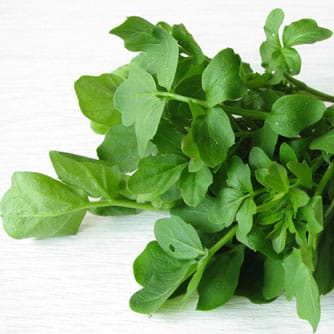Reactive oxygen species are produced as a normal by-product of a range of body functions, and are produced in greater quantity as a result of high-intensity exercise. Watercress is a green leafy vegetable that is high in antioxidant compounds. Mark C. Fogarty, from Edinburgh Napier University (United Kingdom), and colleagues enrolled 10 healthy men, average age 23 years. Subjects were given 85 g of watercress to consume daily for eight weeks; they also participated in an eight-week long segment of the study, with no watercress consumption, to act as controls. Exercise tests showed that exercise during the no-watercress period led to an increase in DNA damage, as well as increases in lipid peroxidation – a marker of oxidative stress. However, no such increases were observed during the watercress period. Further, serum levels of hydrogen peroxide, a pro-oxidant compound, decreased following exhaustive exercise during the watercress period. The study authors conclude that: “These findings suggest that short- and long-term watercress ingestion has potential antioxidant effects against exercise-induced DNA damage and lipid peroxidation.”
Watercress Lessens Exercise-Induced Oxidative Stress
Mark C. Fogarty, Ciara M. Hughes, George Burke, John C. Brown, Gareth W. Davison. “Acute and chronic watercress supplementation attenuates exercise-induced peripheral mononuclear cell DNA damage and lipid peroxidation.” British Journal of Nutrition, April 5, 2012.




